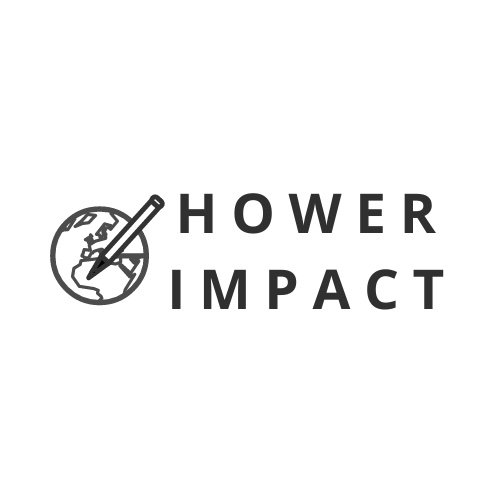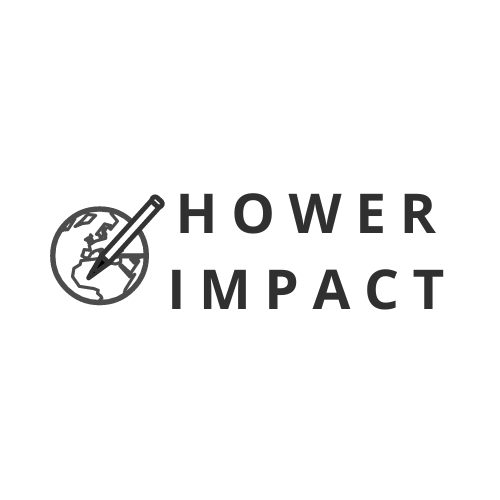GreenBiz 25 takeaways: Telling a sustainability story that doesn’t suck
In today's rapidly evolving business landscape, sustainability has become a core focus for companies striving to meet both regulatory demands and consumer expectations. Last week at GreenBiz 25, I led a panel of industry leaders to discuss the complexities and opportunities of sustainability communications moving into 2025. The panel, called “Telling a sustainability story that doesn’t suck”, included Ali Mize of Saks Global, Erin Reilly of Twilio, Lauren Scott of Acuity Brands, and Lisa Diegel of Faherty Brands. It was a packed room, with over 250 people showing up.
This blog post highlights the key takeaways from the engaging dialogue, emphasizing strategies for effective sustainability storytelling that balances compliance, credibility, and compelling narratives.
Embracing a business case for sustainability
Erin opened the session by examining the link between sustainability initiatives and business growth. She stressed the importance of leveraging a company's existing revenue model, and how investments in sustainability not only enhance the brand’s reputation but also result in tangible financial gains. Erin’s insights were complemented by others on the panel who reported significant revenue contributions from sustainable products and innovations, emphasizing the financial merit of sustainable business practices.
Building credibility in sustainability messages
One key aspect we discussed was the credibility of sustainability narratives. Erin and Lisa underscored the importance of engaging storytelling that highlights real actions by real people, such as customer testimonials and leadership endorsements. This approach not only builds trust but also encourages consumer involvement. Inviting customers to participate through initiatives like resale platforms or community events was highlighted as an effective way to embed authenticity in sustainability communications.
Compelling and compliant storytelling
The panelists highlighted the balance required between crafting compelling stories and adhering to compliance. As I noted during the discussion, regulatory landscapes are shifting, particularly in Europe, where clear, documented proof is required for environmental claims. Lauren and Ali discussed the need for precision in messaging, ensuring that claims are backed by documented methodologies and verified data, thus protecting companies from potential legal repercussions while maintaining engaging narratives.
Leveraging Technology and AI in Sustainability Communications
Technology was another focal point of the conversation, especially in harnessing AI to enhance sustainability communications. Erin shared how AI can tailor communications to individual consumer preferences, rendering sustainability initiatives more relevant and engaging. However, caution was advised against over-relying on AI, as highlighted by Lauren, who emphasized maintaining a human element in all communications to ensure authenticity.
Forward-Thinking: Beyond Compliance to Aspiration
Looking towards the future, panelists expressed excitement about novel ways to engage audiences. Ali proposed the concept of digital product passports, which could transform consumer interactions with sustainable products by providing detailed, accessible product stories. Lauren championed the integration of sustainability into broader cultural conversations, positioning it as an aspirational choice for consumers
Final thoughts
The panel discussion illuminated the multifaceted strategies businesses can employ to navigate the evolving landscape of sustainability communications. By aligning sustainability with business objectives, ensuring credible and compliant storytelling, and leveraging technology, companies can not only meet regulatory requirements but also forge deeper connections with their audiences. As our panel discussed, the journey toward sustainable business practices is not just a regulatory task but a compelling narrative woven with innovation and authenticity.


